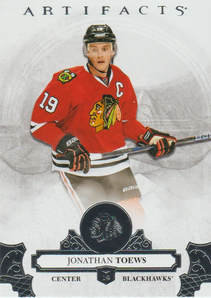
The set was released late last month. A hobby box contains eight backs, with four cards per pack. Upper Deck is promising three hits per box — either autographs, relics and/or Aurum cards.
But since I was opening a blaster box, the chance of finding a big hit seemed rather remote. A blaster contains seven packs (plus a bonus pack), and there are five cards per pack. I pulled 38 base cards, plus a Ruby parallel of Kyle Okposo, numbered to 299.
The other card was a Rookie Redemption, and the scratch-off code revealed that I would be receiving a first year player off the Columbus Blue Jackets’ roster. The card was called a Red 189, and after filling out my online redemption at Upper Deck’s website, I received an email letting me know that the card would be shipped between 12 and 16 weeks from now. Upper Deck will send Redemption winners an email when the card ships.
The Rookie Redemptions also will be available in relic, autograph and autograph/relic cards.
There are 180 cards in the base set, which is broken down by Veterans (cards 1-100); Stars, numbered to 599 (cards 101-130); Legends, numbered to 499 (cards 131-160; and Rookies, numbered to 999 (cards 161-180).
In addition to the Ruby parallel I pulled, some collectors may find Emerald (numbered to 99), Orange (55), Purple (20) and Black (5).
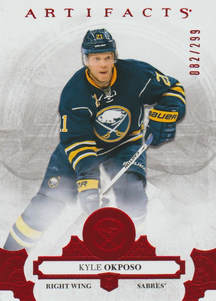
It’s difficult to distinguish what is on the silver foil until you start thumbing through the cards. It’s a bit of a distraction.
The card backs offer a small photo of the player in the upper right-hand corner — basically a thumbnail head shot of the image on the card front — while the left-hand corner contains the team name. The middle of the card has a year-by-year statistical summary, with a four-line biography beneath it.
Other than the foil against the background, the Artifacts set is an attractive-looking product. The photography is sharp and the player, placed against that grayish-white background, is emphasized even more.
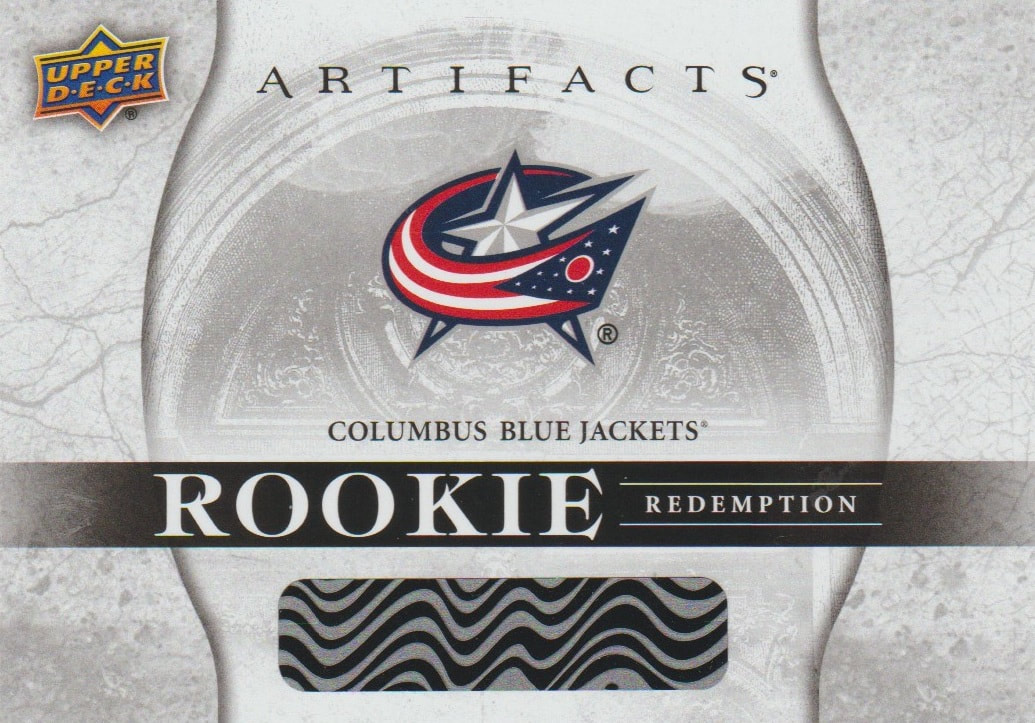
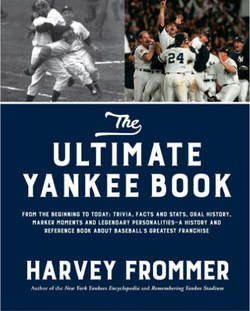
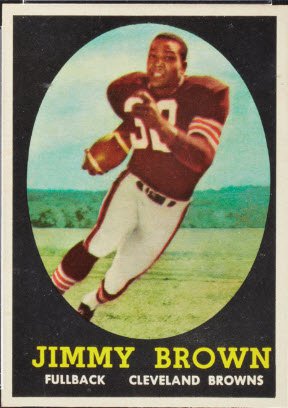
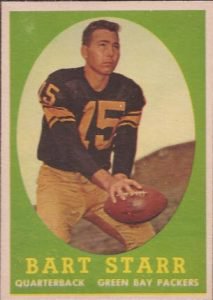
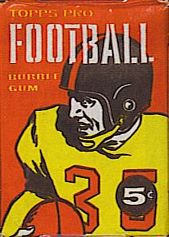
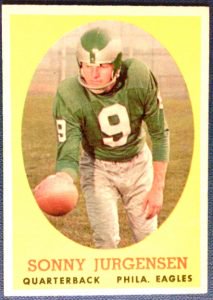
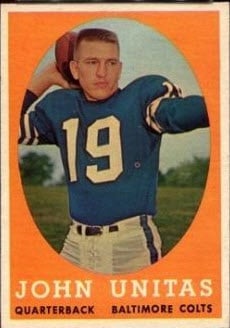
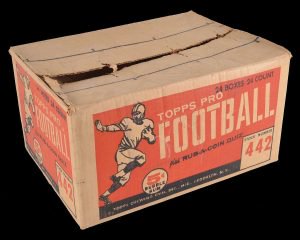
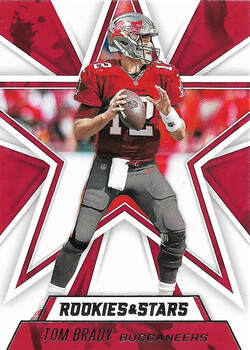
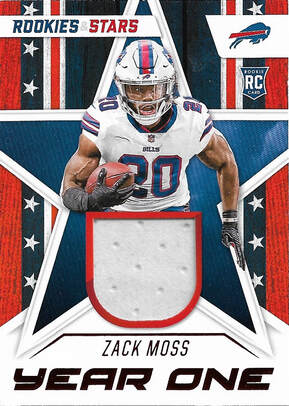
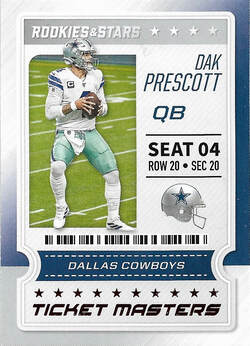
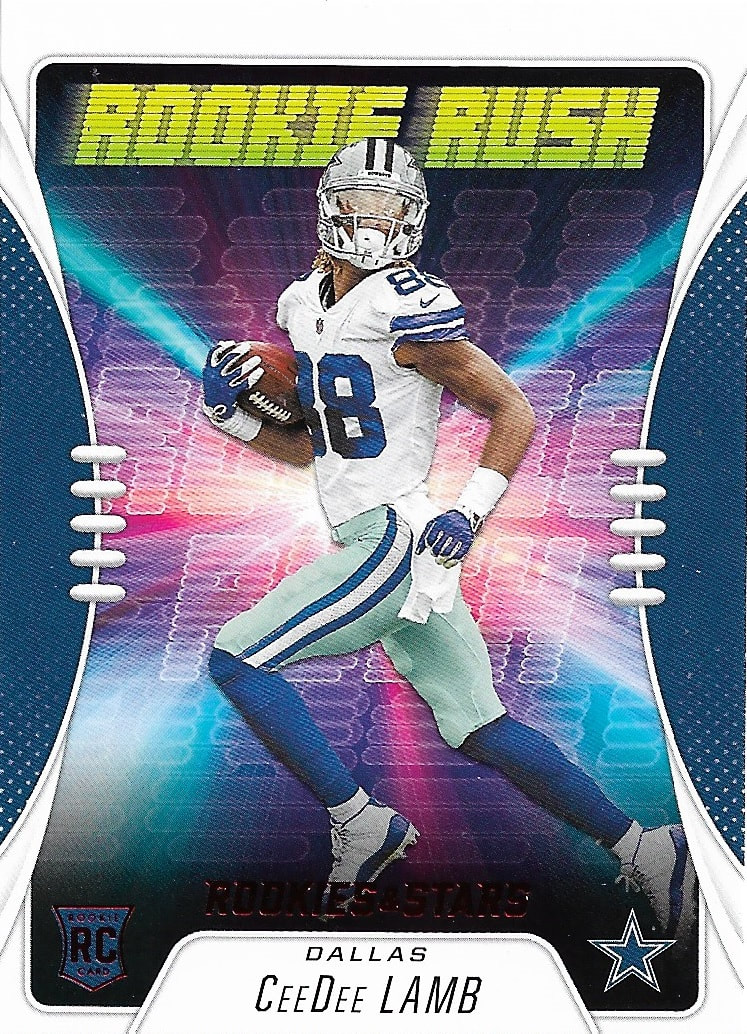
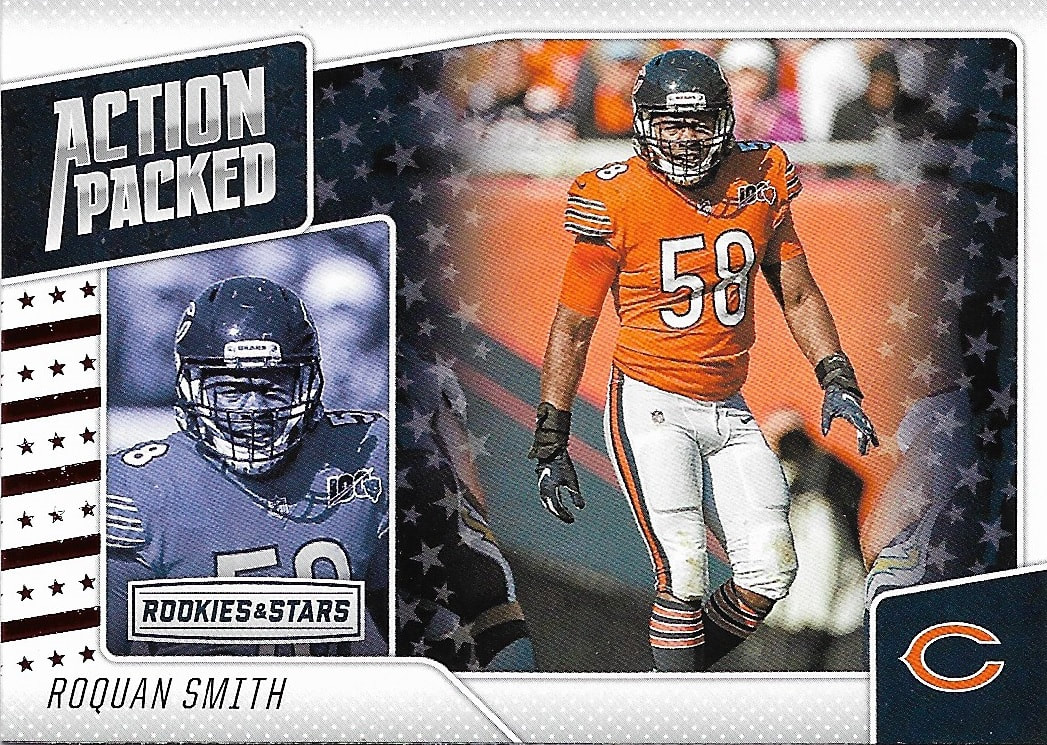
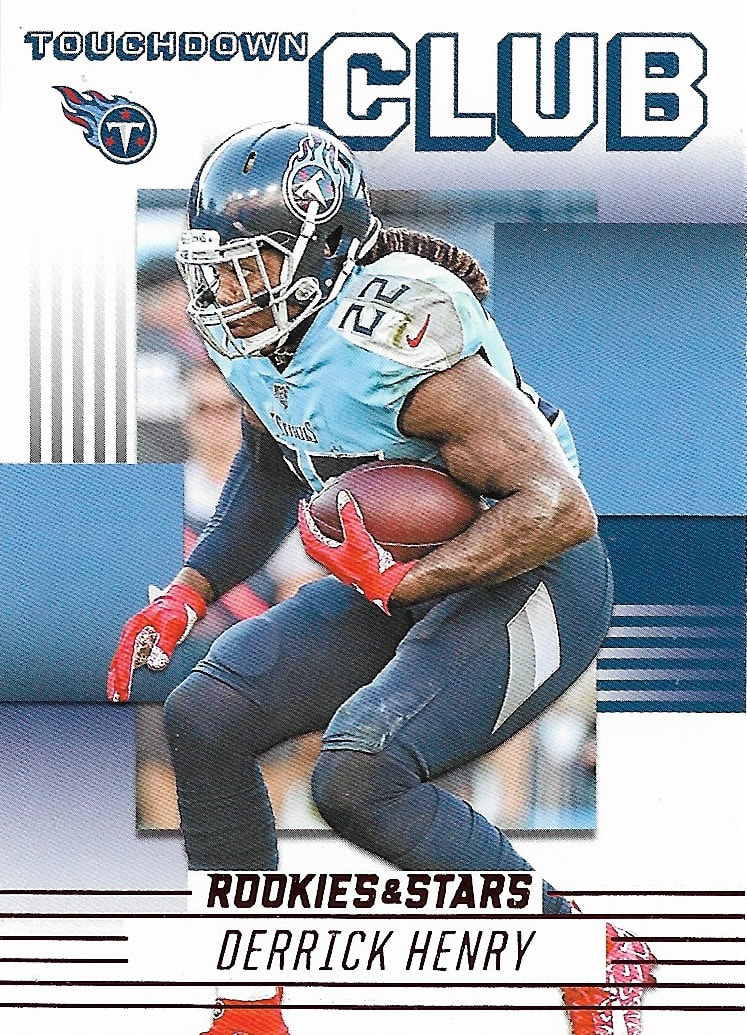
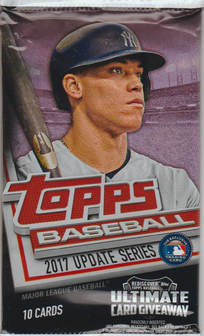
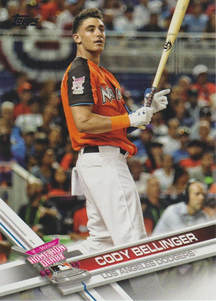
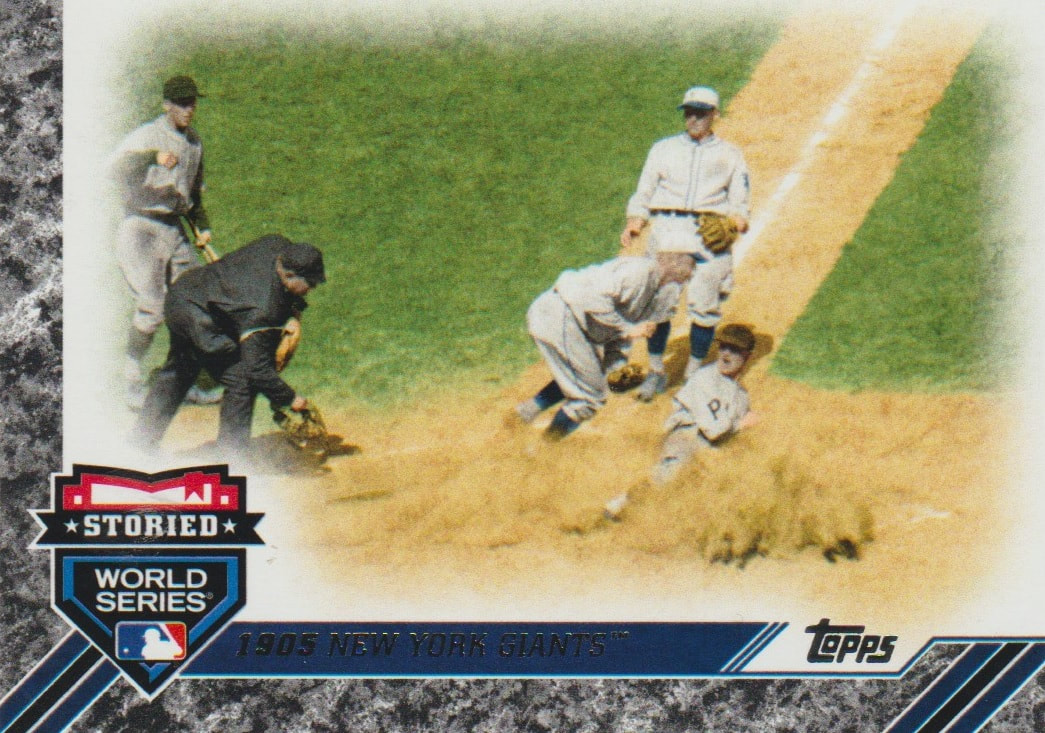
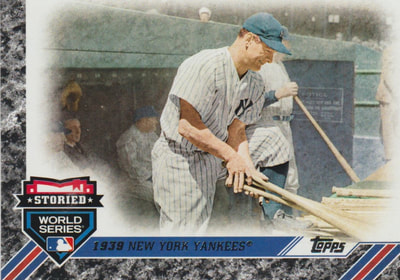
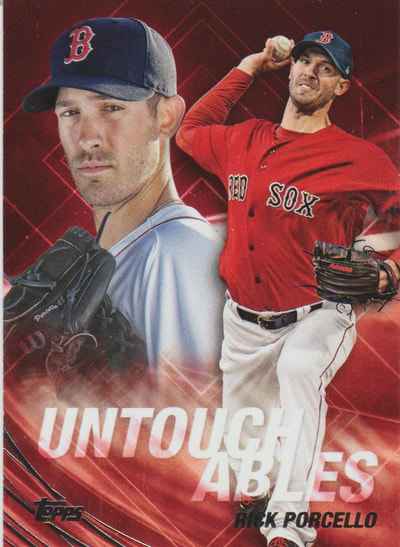
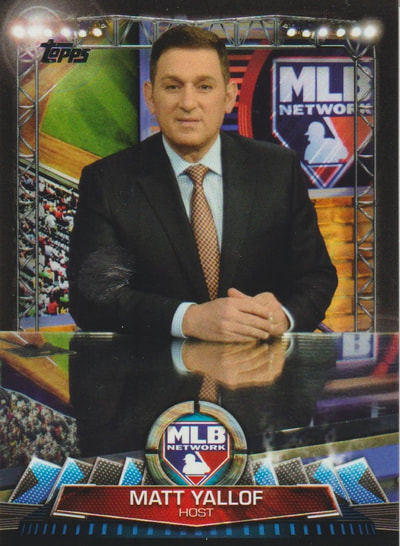
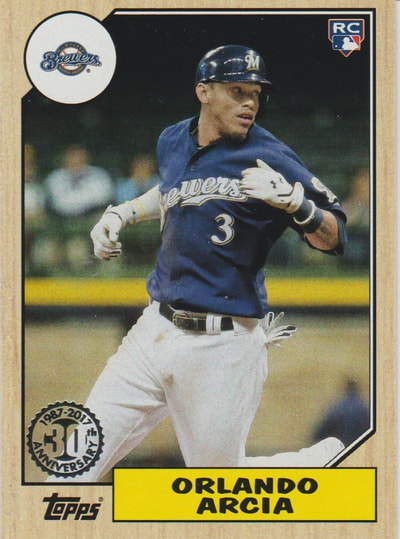
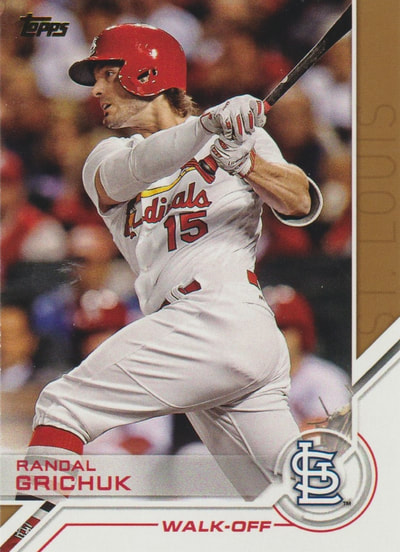
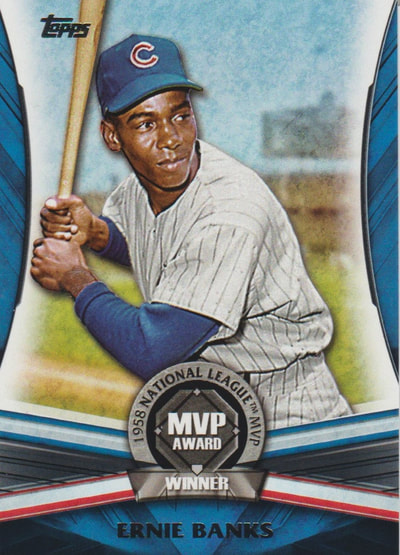
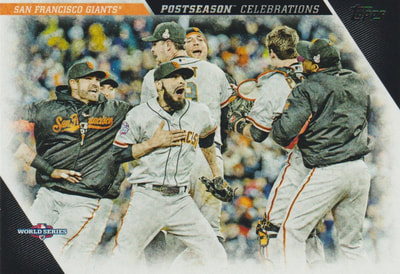
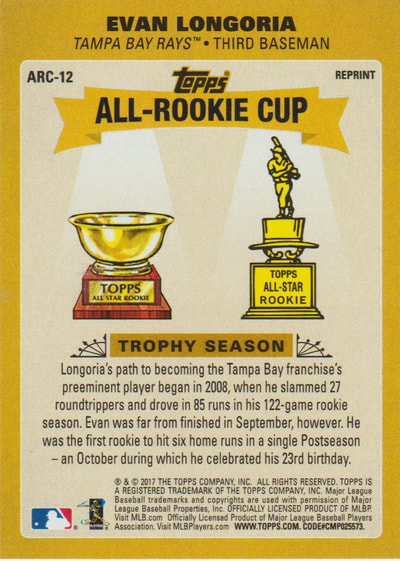
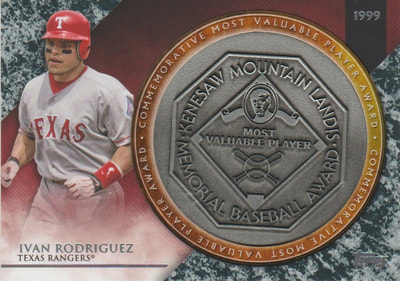
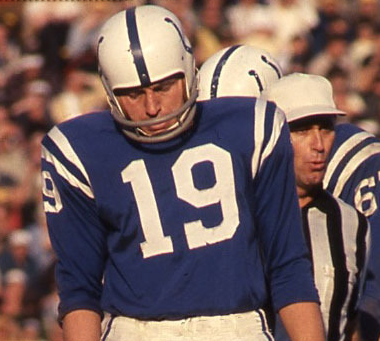
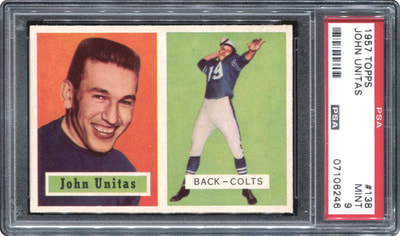

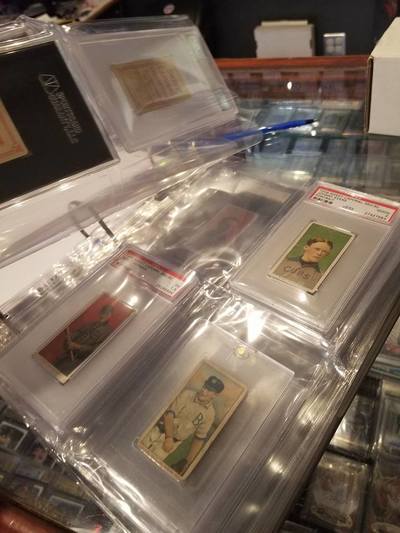
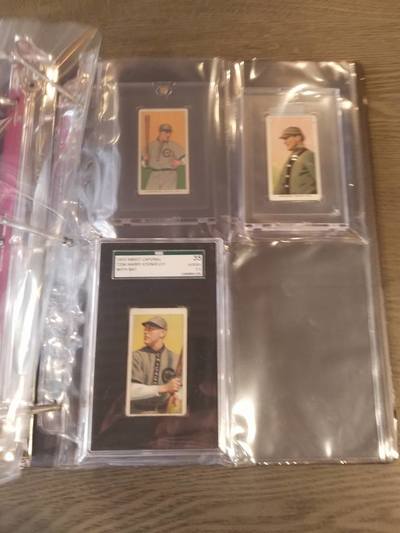
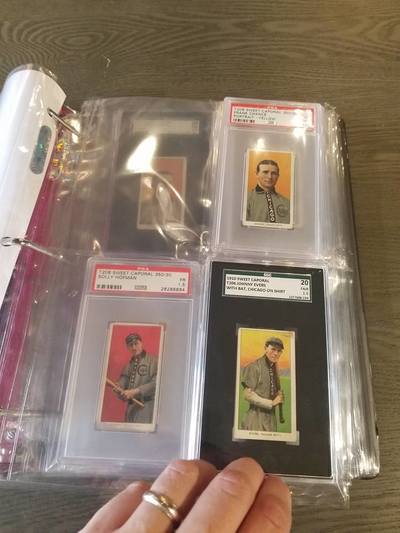
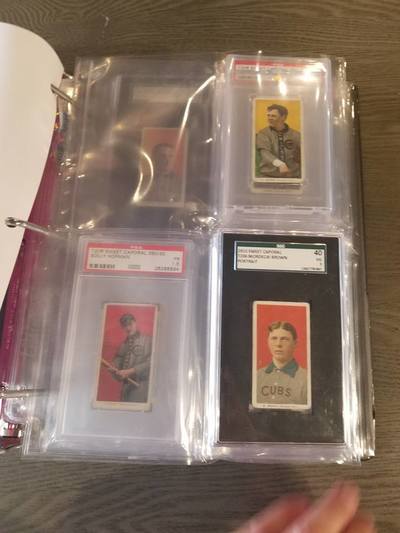
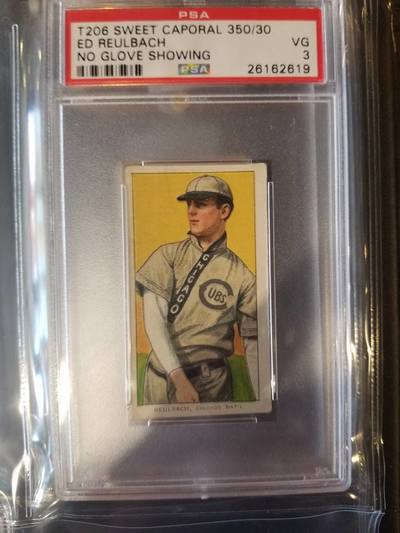

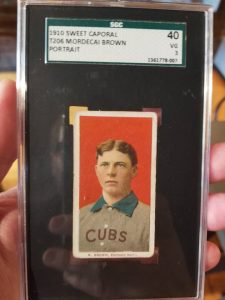
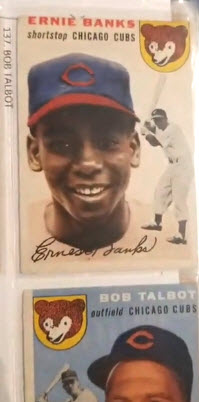
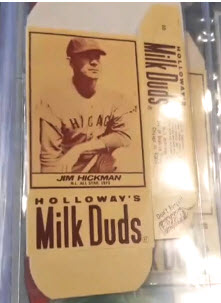
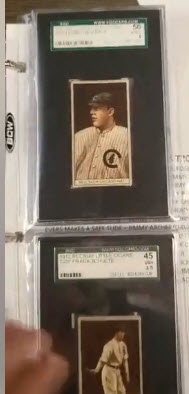
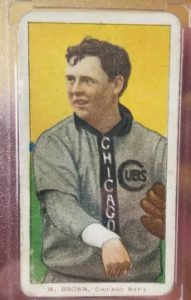
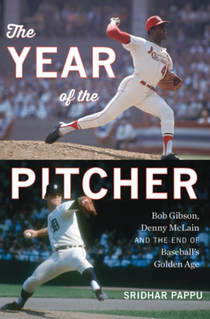

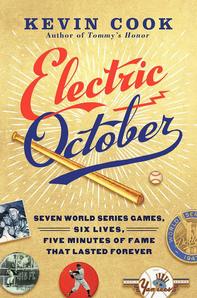
 RSS Feed
RSS Feed
